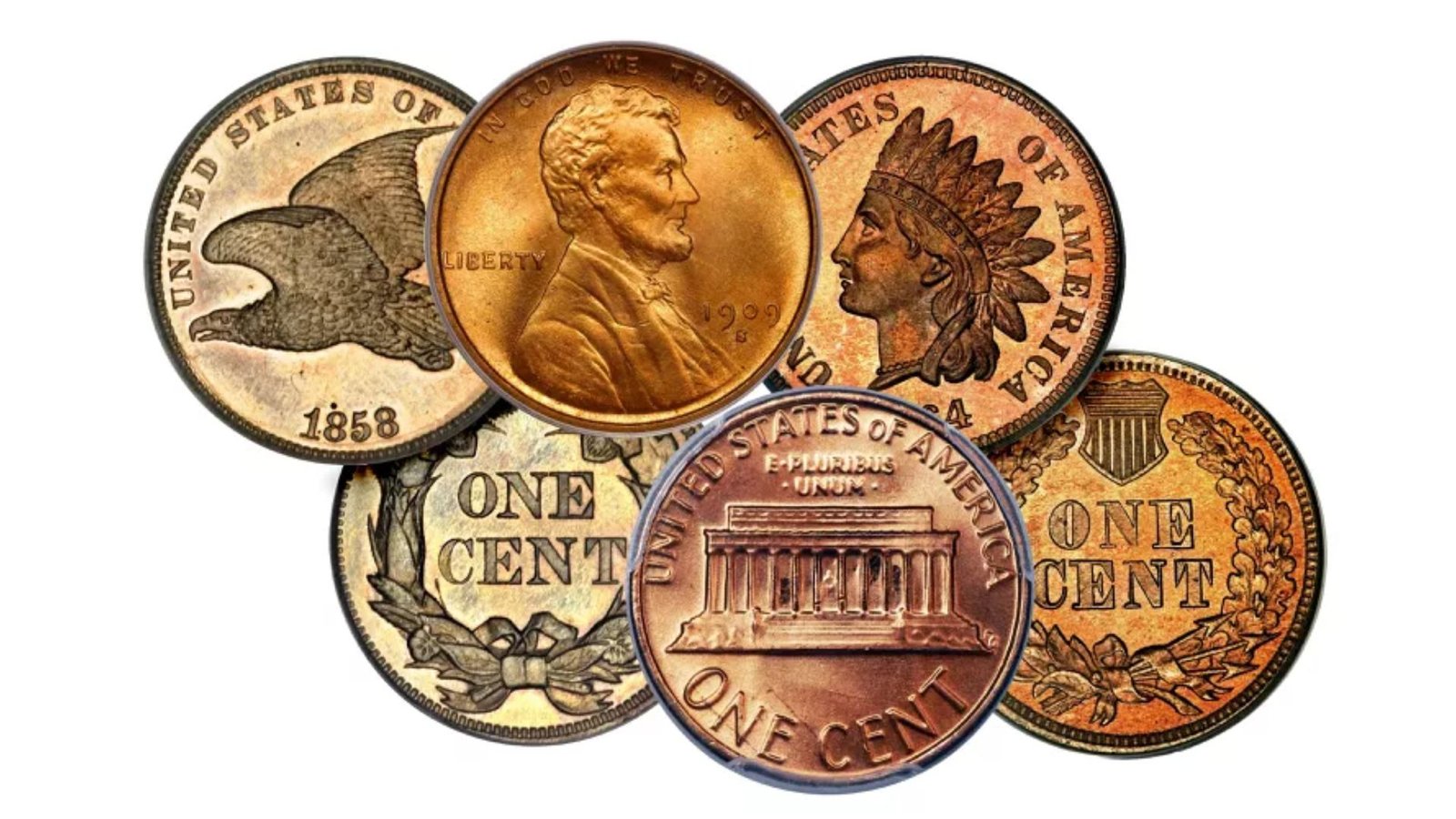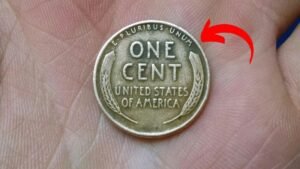The United States penny, a small coin worth one cent, has been part of American life for over 200 years. But recent news suggests it might soon be gone. The US Mint, which makes coins, is planning to stop producing pennies because they cost more to make than they’re worth. Let’s explore why this is happening, what it means for you, and whether other coins might also vanish.
Why Is the Penny Being Phased Out?
Rising Costs to Make Pennies
In 2024, making one penny cost about 3.7 cents, according to the US Mint’s annual report. That’s more than three times its value! The price of metals like zinc and copper, used to make pennies, has gone up, making production expensive. Stopping penny production could save the government $56 million a year.
Fewer People Use Cash
Today, many Americans prefer digital payments like cards or apps such as Apple Pay. A 2023 Federal Reserve study found that only 16% of payments were made with cash. With fewer people using coins, pennies often end up in jars or lost, and the Mint has to make billions more each year to keep them in circulation.
Other Countries Have Done It
Countries like Canada, Australia, and New Zealand have already stopped making their smallest coins. Canada ended its penny in 2012, and cash transactions there are rounded to the nearest five cents. These countries show it’s possible to move on without low-value coins.
How Did This Decision Happen?
Trump’s Push to End the Penny
In February 2025, President Donald Trump announced on Truth Social that he ordered the Treasury Department to stop making pennies, calling them “wasteful.” He pointed out that pennies cost more to produce than their value. The Treasury confirmed in May 2025 that it placed its final order for penny blanks (the metal discs used to make coins). Once these run out, likely in early 2026, penny production will stop.
Congress and the Penny Debate
While Trump’s order started the process, only Congress can permanently end the penny because it controls US currency laws. Bills like the Common Cents Act and the Make Sense Not Cents Act were introduced in 2025 to stop penny production and round cash transactions to the nearest nickel. However, similar bills have failed in the past, so it’s unclear if these will pass.
What Happens When Pennies Stop?
Pennies Stay Legal Tender
Even after production ends, the 114 billion pennies in circulation will still be usable for purchases. You can spend them at stores or save them for collecting. However, as fewer pennies are available, businesses may run low on them.
Rounding Prices to the Nearest Nickel
Without new pennies, cash transactions might be rounded to the nearest five cents. For example, a $1.02 purchase could round down to $1.00, while $1.03 could round up to $1.05. Studies show this rounding has little impact on consumers, as it balances out over time. Canada’s experience proves this works smoothly.
Impact on Shoppers and Stores
Some worry stores might raise prices to avoid rounding down, but experts say this is unlikely to cause major price hikes. Convenience stores support ending the penny because it speeds up cash transactions, saving a few seconds per customer.
Could Other Coins Disappear?
The Nickel’s High Cost
Nickels, worth five cents, cost 13.78 cents to make in 2024, even more than pennies. Some experts warn that ending the penny could increase demand for nickels, raising costs further. The Treasury is exploring cheaper materials for nickels to save money.
Dimes and Quarters Are Safer
Dimes (10 cents) and quarters (25 cents) cost less than their value to produce—5.76 cents for a dime and 14.68 cents for a quarter. These coins are more likely to stay in use because they’re still practical for everyday transactions.
What Does This Mean for Coin Collectors?
Pennies May Gain Value
Coin collectors, or numismatists, say ending penny production could make certain pennies more valuable, especially rare ones like the 1943 copper Lincoln wheat penny, worth up to $250,000. Regular pennies from recent years won’t likely see big price jumps, but collectors may still treasure them for nostalgia.
How to Get the Last Pennies
The US Mint’s final pennies will be made from the last batch of blanks, expected to run out in 2026. Collectors can buy these in sets from the Mint’s website, like the 2025 Proof Set, which includes a penny and other coins for $40.25. You can also ask banks for new rolls of coins while supplies last.
Why Some People Want to Keep the Penny
Nostalgia and Tradition
For many, pennies are a symbol of American history, featuring Abraham Lincoln since 1909. Some, like Massachusetts Treasurer Deb Goldberg, argue pennies teach kids about saving money. Others see them as lucky charms, with sayings like “find a penny, pick it up.”
Support from Coin Groups
Groups like Americans for Common Cents argue pennies are important for charity drives and keeping prices low. However, critics say these benefits don’t outweigh the cost of making billions of pennies each year.
Conclusion: A Penny Saved or a Penny Lost?
The US penny’s days are numbered, with production set to end by early 2026. High costs and a shift to digital payments make this change sensible, following the lead of countries like Canada. While pennies will stay legal tender, cash transactions may soon round to the nearest nickel. For collectors, this is a chance to grab the last pennies, and for everyone else, it’s a small but historic shift in how we use money. Will nickels be next? Only time will tell, but for now, the penny’s story is coming to an end.





